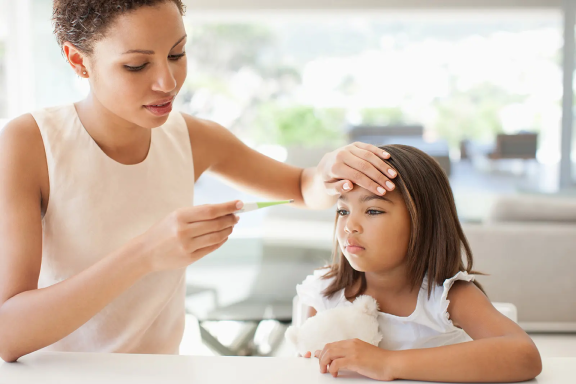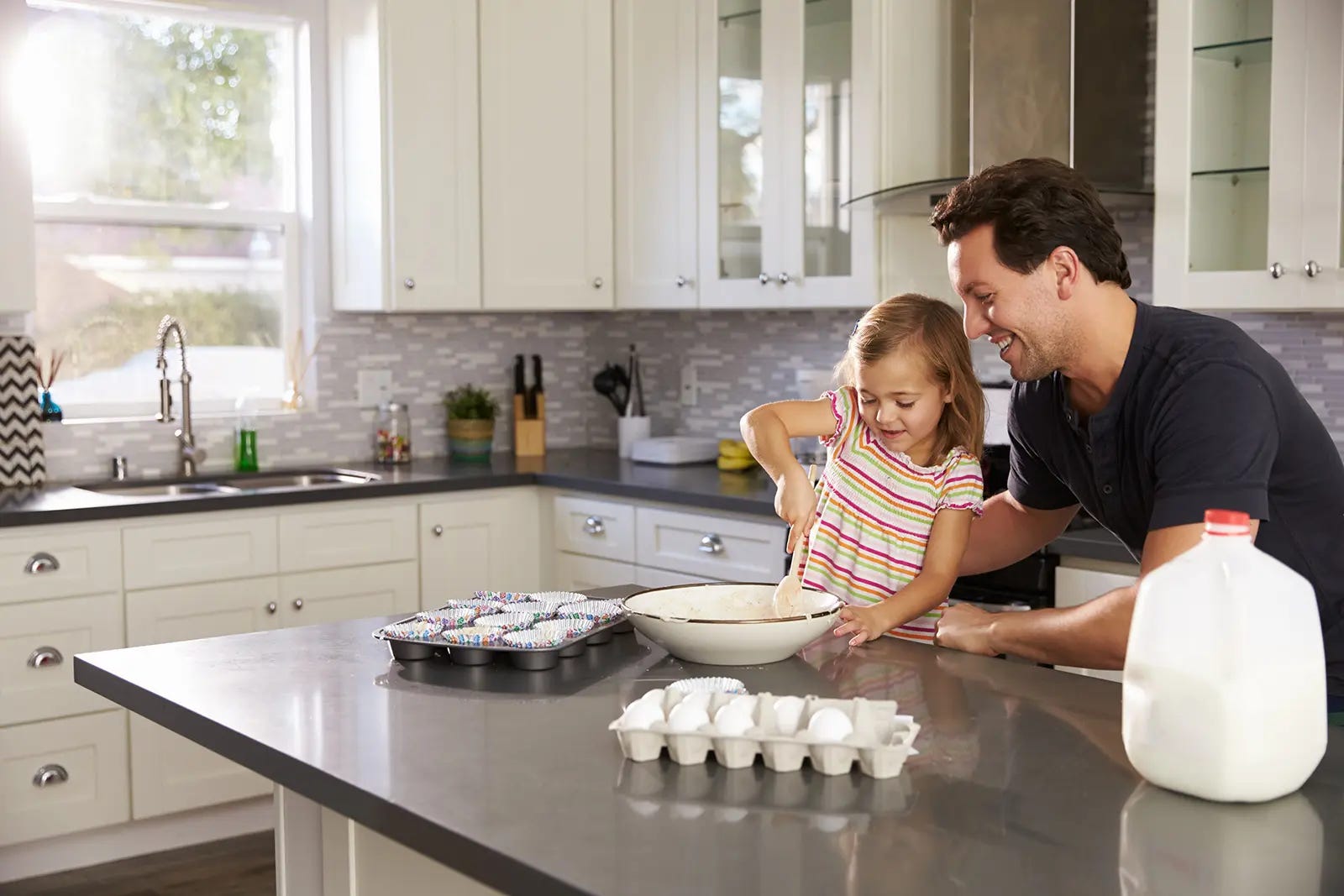Tips & Resources
From learning how to clean and disinfect the rooms in your home to the latest info on germs and product efficacy, our resource hub of articles and guides will help you make the smarter choices and protect the ones you love from viruses and bacteria.




